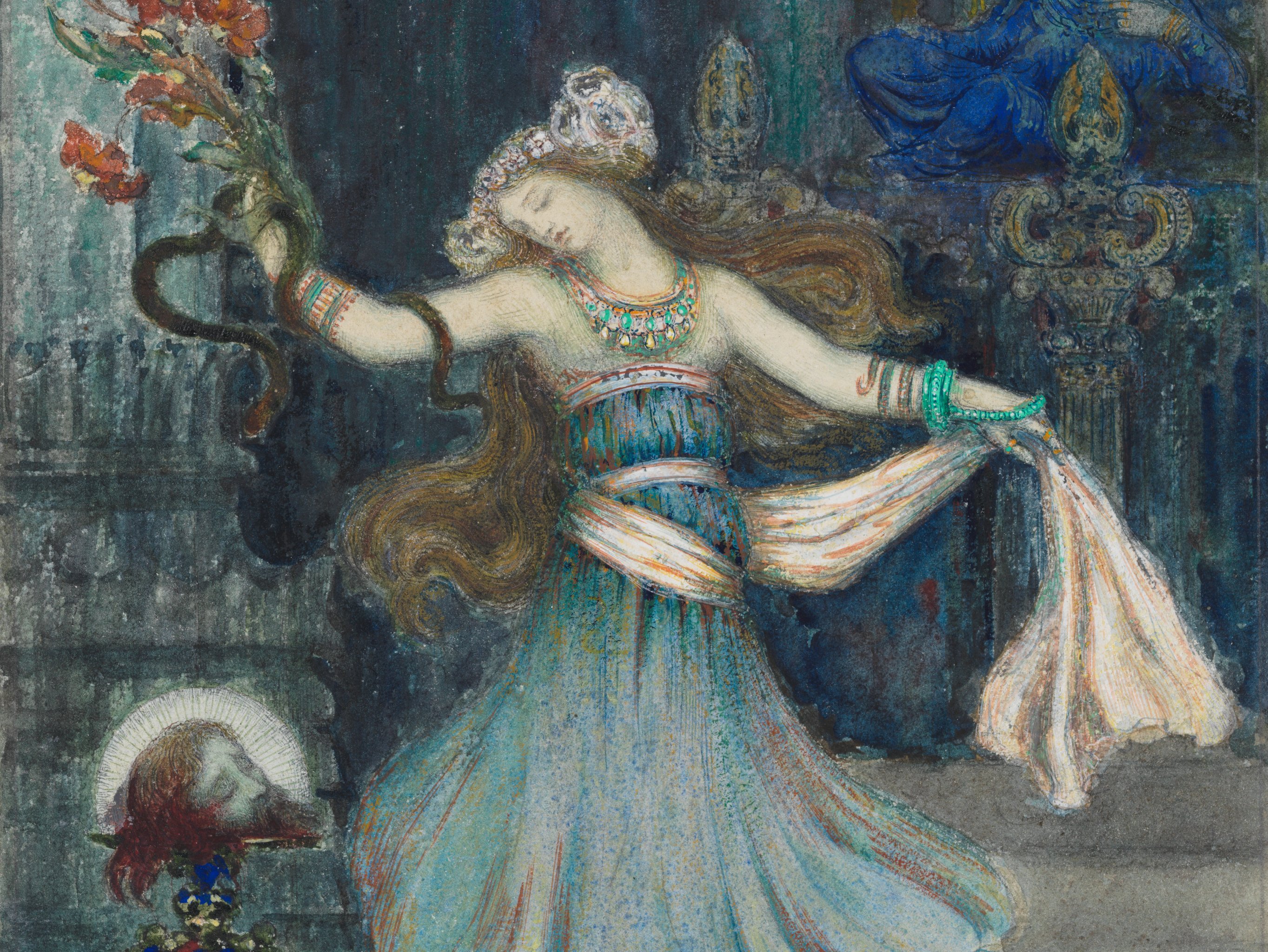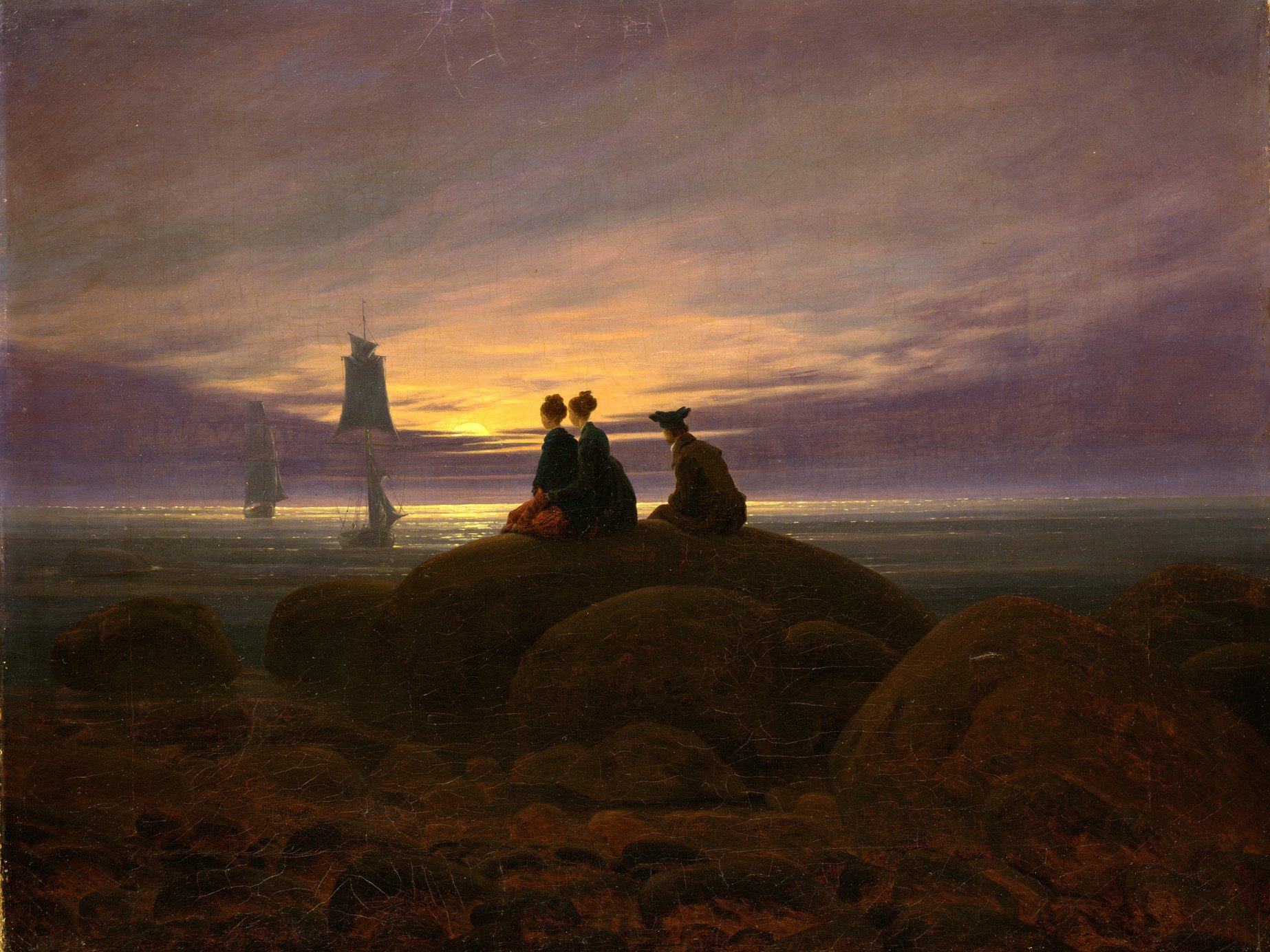
Puccini’s Madama Butterfly is not just the story of an abandoned woman; it is also about the clash between different cultures and imperialist exploitation. The opera’s poignant musical content serves as a timeless testament to the immense human suffering caused by such injustices.
“Io scrivo per tutte le razze umane” (“I write for all human races”), said Giacomo Puccini – by which, according to the terminology of the time, he meant: I write for all of humanity. Madama Butterfly epitomises this statement more than any other work. In this opera, he brought together for the first time characters from two different cultures: the American lieutenant Benjamin Franklin Pinkerton, and the young Japanese geisha Cio-Cio-San, also known as Butterfly. In this regard, Madama Butterfly marked new territory for the composer. At the same time, the work reflected his conviction that a good opera needs “lyricism, sumptuous poetry, diverse scenes, minor details, others not so minor, but always going straight to the heart”. Puccini wanted to make his audience weep; indeed, in his book Versuch einer Psychologie, the writer Frank Thiess described Puccini’s music as embodying “the sadness of the world shining through the tragic fate of the individual”. The personal tragedy of the Japanese woman who is betrayed, abandoned, and robbed of her child, takes place within a framework that serves as a critical indictment of all forms of inhumanity, whether expressed in terms of global political action or of interpersonal relationships.
Inspiration in London
Immediately after the premiere of Tosca in 1900, Puccini began looking for a subject for a new opera. As was often the case, it was a theatrical production that provided inspiration for new material. This time it was in London, where on June 21, 1900 he saw the play Madame Butterfly: A Tragedy of Japan by the American playwright David Belasco, adapted from John Luther Long’s short story Madame Butterfly. Puccini hardly understood a word – apart from some basic French he had learned in school, he spoke no foreign languages. But that didn’t matter. Even without knowing English, he grasped the primary conflict, the atmosphere and their dramatic potential in terms of both music and staging.
The fate of the woman who waits patiently and who cannot be dissuaded from her loyalty to the father of her child became etched in Puccini’s mind. He was particularly fascinated by the night vigil during which Cio-Cio-San eagerly awaits her husband’s return; the skilled playwright Belasco had depicted it through an ingenious use of lighting that created a time lapse leading to a spectacular sunrise in just under a quarter of an hour. However, the libretto’s dramatic structure turned out to be complicated: Belasco’s one-act play recounts only Pinkerton’s return to Nagasaki and the terrible betrayal awaiting Butterfly, but not the happy events that had occurred three years earlier. Therefore, the librettists Luigi Illica and Giuseppe Giacosa developed the first act from Long’s short story in order to include the presentation of the characters, the description of Japanese society, the wedding ceremony and the newlyweds’ first night together.
A European perspective on Japanese music
The music combines Japanese elements with a European musical idiom. Puccini sought advice from a Japanese actress and the wife of the Japanese ambassador in Rome, and consulted music collections as well as gramophone recordings of Japanese music. He combined what he considered appropriate (for example, using the Japanese national anthem for the arrival of the Imperial Commissioner) with his own musical ideas that he modelled on the Asian idiom. The harmonic style – with the voice doubling the orchestral accompaniment as well as the use of open octaves – and the pentatonic inflections also contribute to the overall soundscape.
As befits her character, Cio-Cio-San’s musical language combines both spheres, and, according to music journalist Norbert Christen, ranges from “conventional tone painting” to “a psychogram of the heroic expectation of death”. Her great aria “Un bel dì vedremo” in the second act, in which she pictures how “one fine day” she will see her beloved husband return to her, completes the development of her character. Indeed, Kirill Petrenko aptly points out: “In the first act, Cio-Cio-San’s character is extremely naïve. She is actually still a child, fifteen years old, as she says. But behind this naivety lies Cio-Cio-San’s strength, her unshakeable belief in the ideal of love and marriage.”
There was also enough space in the first act for the depiction of the male protagonist. His character creates an inevitable burden for this opera: he is an American officer who is delighted with a marriage “alla giapponese”, a Japanese-style affair, which can be simply terminated by sending the woman away or by him leaving. Thus, he and the Consul are able to make a toast to a different future wife, a real American bride, before the marriage to Cio-Cio-San. The way he sees it, Japanese customs and names are not to be taken seriously. The co-librettist Luigi Illica identified the problem in no uncertain terms: “Pinkerton è antipatico!” – he is detestable.
A repulsive hero
Puccini had to strike a delicate balance between highlighting Pinkerton’s objectionable behaviour and at the same time not making him appear totally repugnant. The presence of a repulsive hero resulted in a disastrous premiere in Milan, which led to a series of revisions. At the heart of the original second act was the dramatic idea of an uninterrupted portrayal of night, in which the now famous “humming chorus” served as the musical equivalent of Belasco’s lighting effects that had so impressed Puccini. However, in its original form, the act proved to be too long for the audience, and thus Puccini divided it into two halves and allowed for the possibility of having an intermission before the arrival of dawn. He also softened Pinkerton’s arrogant “Yankee” attitude by removing some of the condescending remarks about Japanese tradition and giving him an additional short aria, “Addio, fiorito asil” (Farewell, flowery refuge), with which Pinkerton bids farewell to the loss of this idyllic experience without ever speaking to Butterfly again. Puccini continued to refine details until the end of his life, sometimes revising earlier compositional choices, with the result being that no final version of the opera exists.
A critique of our times
It is difficult not to read Madama Butterfly as a critique of our times, in which, as Kirill Petrenko points out, “human trafficking [...] forces even children into prostitution”, in which the powerful simply take what they can get in an increasingly shameless way without even disguising their selfishness in a neo-colonialist manner – and where, just like Sharpless, who sees the disaster coming and yet doesn’t really intervene, the voice of reason is all too timid in voicing its concerns. That Puccini imbues even his failing, flawed characters with humanity is demonstrated by Pinkerton’s remorse after the realisation of his reprehensible behaviour.
The addition of a farewell aria was not only to appease the audience, who wanted to hear the tenor’s voice fill the hall once again at the end, but, more importantly, to signify hope that the attitude of viewing another culture, inferior in military strength, as a mere “plaything” could give way to a more humane coexistence. Puccini, however, leaves the musical outcome unresolved: while the first act ends in a harmonically ambivalent manner, the opera concludes with a widely-spaced G major chord in first inversion (having the third scale degree in the bass instead of the root). This is not the sound of conciliatory mourning – rather, it is the sound of an outcry.

A scherzo with a fatal conclusion
Richard Strauss’ opera Salome bears a reputation for scandal (even today). No wonder, as it was censored at times and the soprano at the premiere initially refused to take part.

A great love
The Berliner Philharmoniker first traveled to Japan with Herbert von Karajan in 1957. We look back on decades of friendship with our local audiences.

The realm of the inexpressible
Music of the Romantic period: A journey to the depths of the soul